Today’s post is an excerpt from the Worship FAQ “How do congregations recognize secular occasions and holidays in the liturgy?” The complete FAQ is available here.
A General Approach to Holidays
Lutheran worship ordinarily focuses on an ecumenically shared pattern of scripture readings (a lectionary) and prayer that is shaped according to seasons and days of the church year. This means that occasions of a secular origin will not ordinarily dominate the primary weekly services of a congregation. Yet there are many ways in which secular occasions may be acknowledged in the liturgy without their becoming the exclusive focus of the day. Oftentimes a secular occasion may provide an opportunity for preachers to illustrate how faith is active in the midst of our daily routines and commitments. Such occasions may also be opportunities to extend a congregation’s ministry of prayer.
Incorporating Secular Concerns into the Prayers
People who are responsible for leading prayers of the congregation (oftentimes a lay assisting minister, or perhaps a pastor), rightly prepare for that task by looking not only to the scripture readings that will be used at a given service, but also to calendars that list secular holidays as well as special community observances. Mother’s Day, Father’s Day, high school graduations, and national holidays (Memorial Day, Independence Day, Veteran’s Day) are all examples of occasions that can be reflected in the congregation’s prayer petitions. Here is where the liturgy readily provides a natural opportunity for these occasions to be recognized, without them necessarily becoming the focus for an entire service.
While worship leaders may be eager to celebrate those occasions that have wide acceptance within the larger culture, they will also want to take care that these occasions are not used to divide the worshiping assembly inappropriately. Not everyone at worship on a given day will be part of the group that is recognized. It’s not just fathers who worship on Father’s Day (there may in fact be quite a number of men in attendance who are not fathers). Not all worshipers at services close to Independence Day will share a similar patriotic enthusiasm, though prayers for the country and for careful exercise of freedom will certainly be appropriate. Worship leaders who are sensitive to the fact that some worshipers will expect to have their favorite occasions honored, while other worshipers may be uncomfortable at these times, will help both types of people by acknowledging the occasion in modest ways, yet without departing from the church’s own liturgy and calendar at these times.
Recognizing Groups within the Assembly
While mention in the prayers of the church is a significant way to include a variety of occasions and secular holidays, there may be other ways to honor people within the assembly. Some congregations may present special gifts to people on various occasions (perhaps flowers for mothers on Mother’s Day, or a book for graduates), an action that is probably best handled quite simply before the service as people gather, or during a time of fellowship that follows the service. In this manner undue attention is not placed on those who do not represent certain cultural norms (for example, women who have never been mothers or whose children have died, or those who have not graduated from school). If mention is made of these days in preaching or otherwise, it will be helpful to note that people live out their vocations as parents, students, veterans, etc, in various faithful ways.
Resources
Primary worship resources of the church suggest a number of occasions for which readings and prayers might be included to recognize various secular holidays and other events in people’s lives (see in particular the list of occasions in Evangelical Lutheran Worship, pp. 61-63; and the many different occasions for prayer given in Evangelical Lutheran Worship: Occasional Services for the Assembly and Evangelical Lutheran Worship: Pastoral Care (such as prayers/readings at the birth of a child, adoption, vocation in daily life, birthday, separation or divorce and blessing for a home).

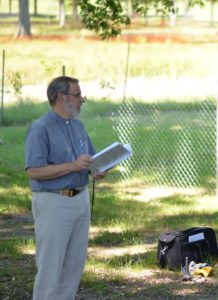

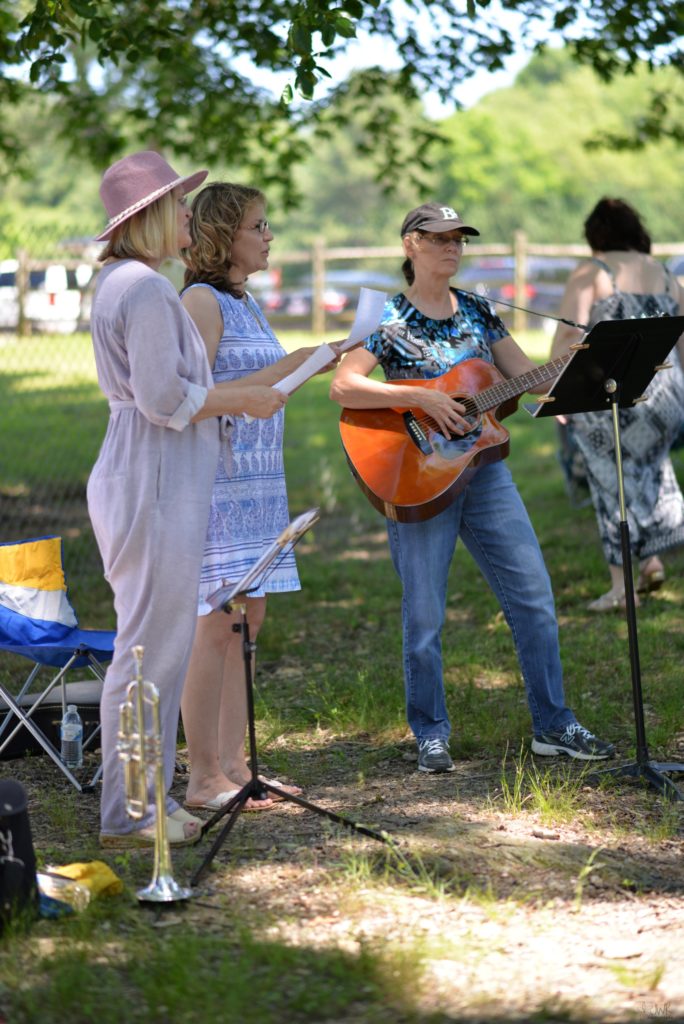

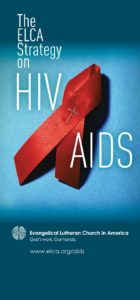 As Lutherans, we believe in the power of prayer. We believe in the power of song, of the gospel, of community. We believe in the power of worship.
As Lutherans, we believe in the power of prayer. We believe in the power of song, of the gospel, of community. We believe in the power of worship.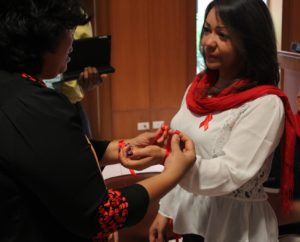
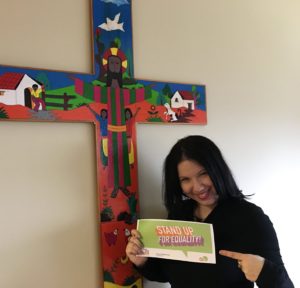
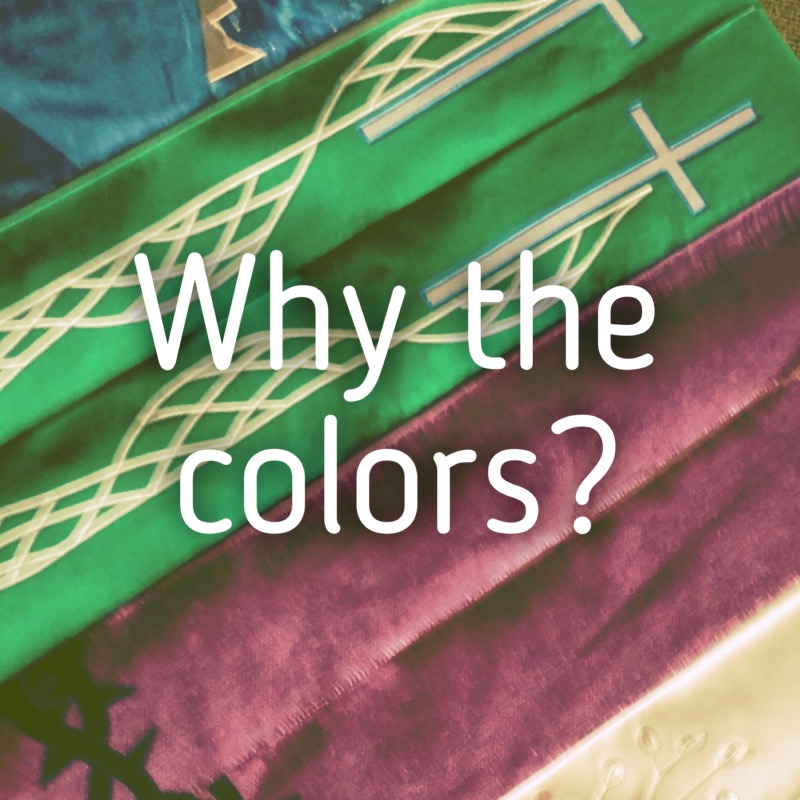
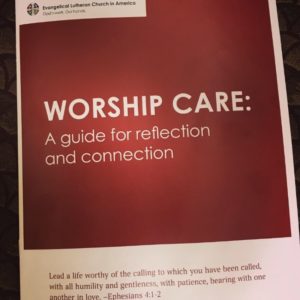 Here is a little more information about what Worship Care is and how you can use it in your context.
Here is a little more information about what Worship Care is and how you can use it in your context.